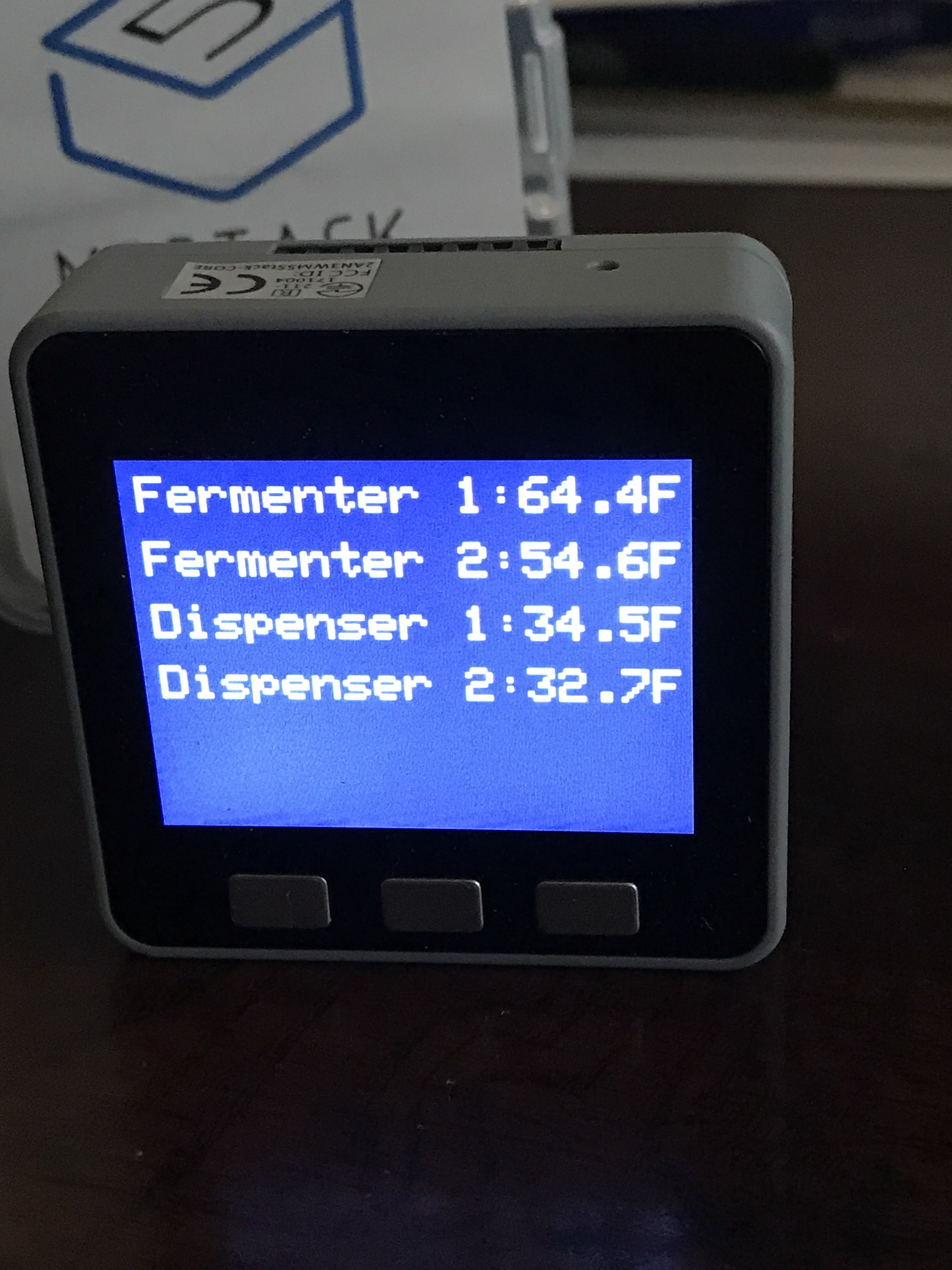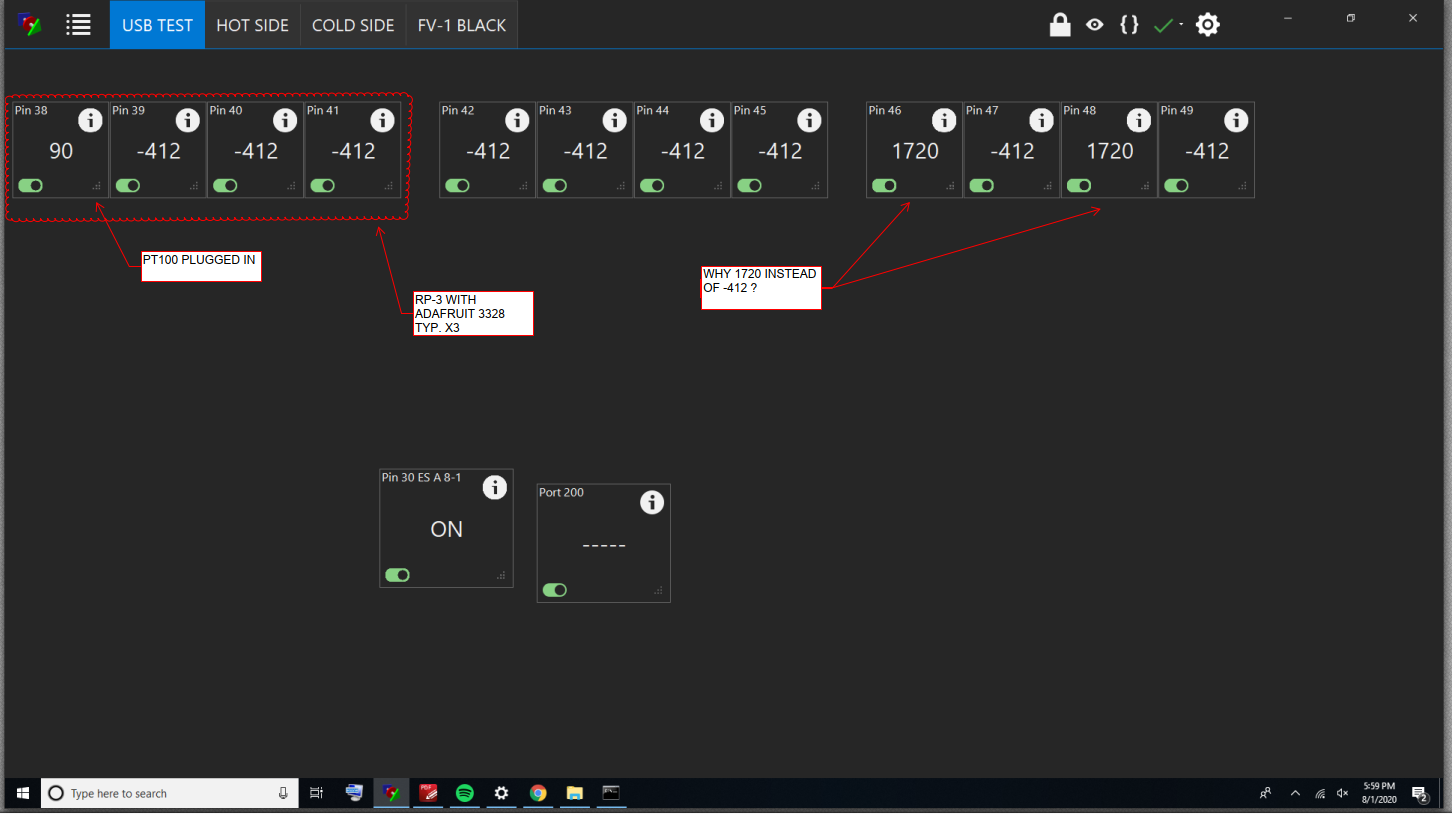RiverCityBrewer
Well-Known Member
A couple basic questions about scripts:
- Is it possible to have BC start up with no scripts running, then use a device element (i.e. a button on the workspace) to start a brewing script?
- Can BC be configured to open with the script window always closed by default and the workspace locked by default? Right now BC opens unlocked and in the same configuration that it was last closed (i.e. if I leave the script window open when I close the app, the next time it starts up, the script window is open).
For your first question, probably not, as buttons are pretty much used via script alone. Getting around it is pretty easy though, just have a "button control" script launch on startup, and have it call the appropriate scripts when the button is pressed.
Second question, I'm not really sure (I leave BC running 24/7), but I don't see any options to do so in the UI or options in the settings file.
















































![Craft A Brew - Safale BE-256 Yeast - Fermentis - Belgian Ale Dry Yeast - For Belgian & Strong Ales - Ingredients for Home Brewing - Beer Making Supplies - [3 Pack]](https://m.media-amazon.com/images/I/51bcKEwQmWL._SL500_.jpg)














